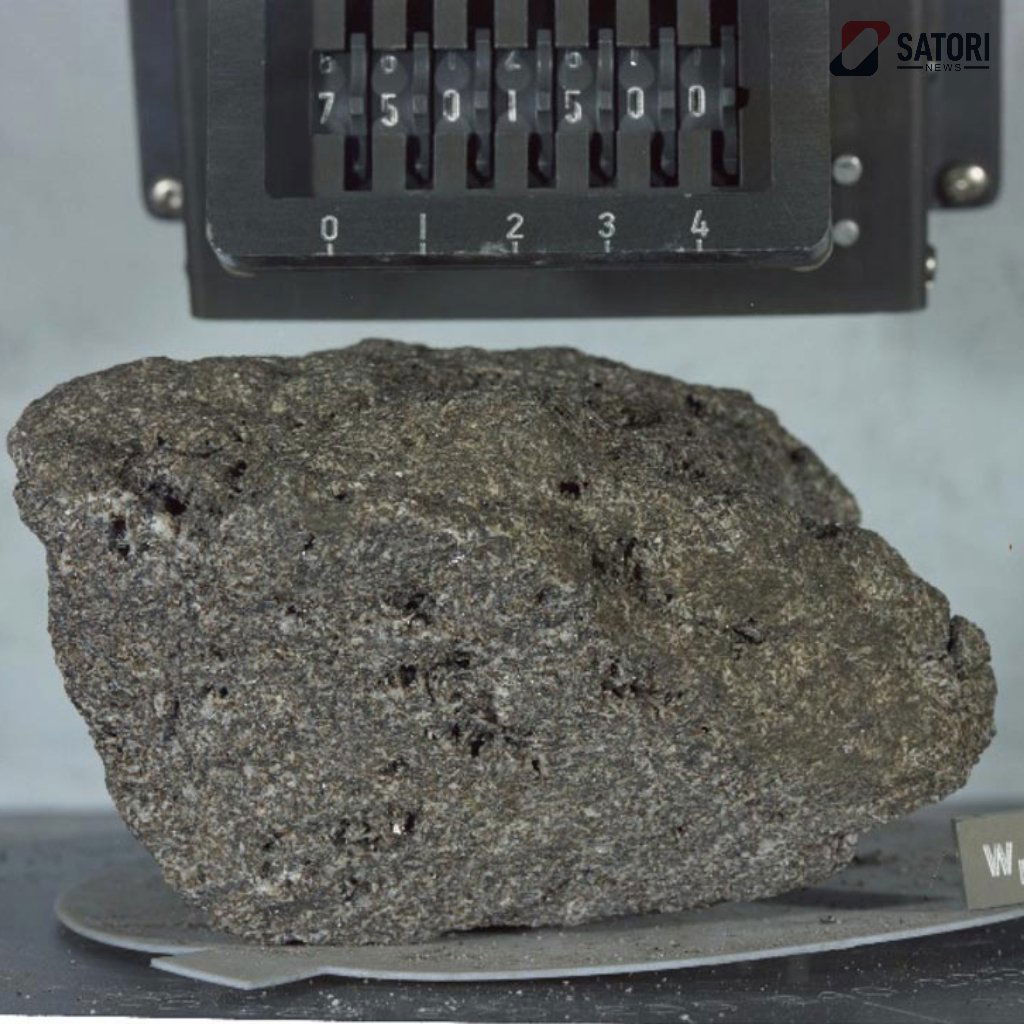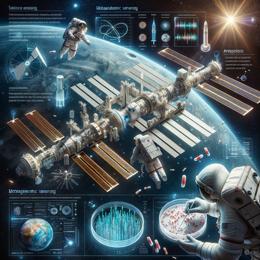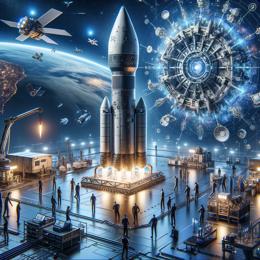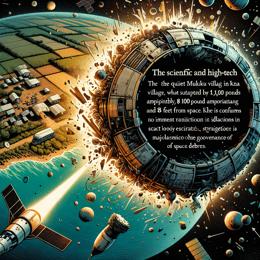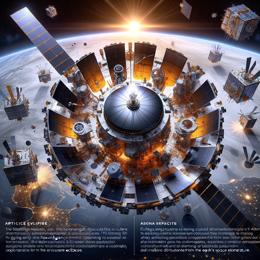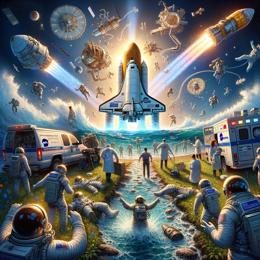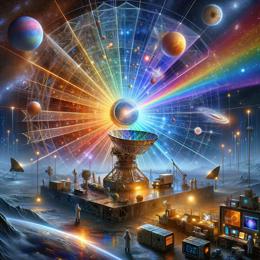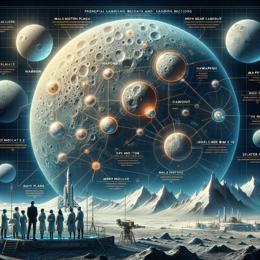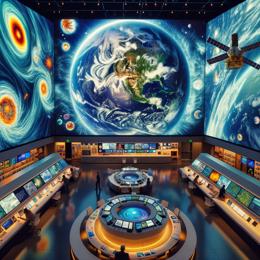Picture: for illustration purposes
Apollo 17 Lunar Rock Reveals Moon's Age: Older by 40-Million Years
A fresh look into lunar history has altered our understanding of the moon's age. The moon, Earth's celestial partner, is about 40-million years older than previously believed, according to recent scientific findings. The revelation arises from the analysis of zircon crystals found in a rock sample collected during the Apollo 17 mission in 1972.
Apollo 17 astronauts Harrison Schmitt and Eugene Cernan, the last people to set foot on the moon, brought back around 110.4 kilograms of soil and rock samples to Earth. It is within these samples that scientists found the zircon crystals that have offered a key insight into the moon's formation, placing it 4.46-billion years ago, within 110-million years after the birth of the solar system.
Looking back at the solar system's early history, a hypothesized Mars-sized object called Theia collided with the primordial Earth. This violent event blasted magma into space, forming a debris disk around Earth, which eventually melded into the moon. The zircon crystals formed following this event, as the magma cooled and solidified.
A method called atom probe tomography enabled the researchers to confirm the age of these crystals, found in coarse-grained norite rock collected by astronaut Schmitt. Furthermore, the study highlights the enduring significance of space expedition artifacts collected half a century ago. The methods of today's scientific analysis – like atom probe tomography – were out of reach during those early days of lunar exploration.
Zircon crystals also carry the honour as the oldest known minerals found on our home planet, Mars, and the moon. These crystals are persistently resilient, surviving the destruction of rocks during weathering, which equips them perfectly for the astronomical story they narrate.
Analysing materials that literally came from another world, even decades later, and understanding the celestial body that has influenced the development of our own points to the immense potential in space exploration. Even more so, considering that the moon's formation played a pivotal part in making Earth habitable.
